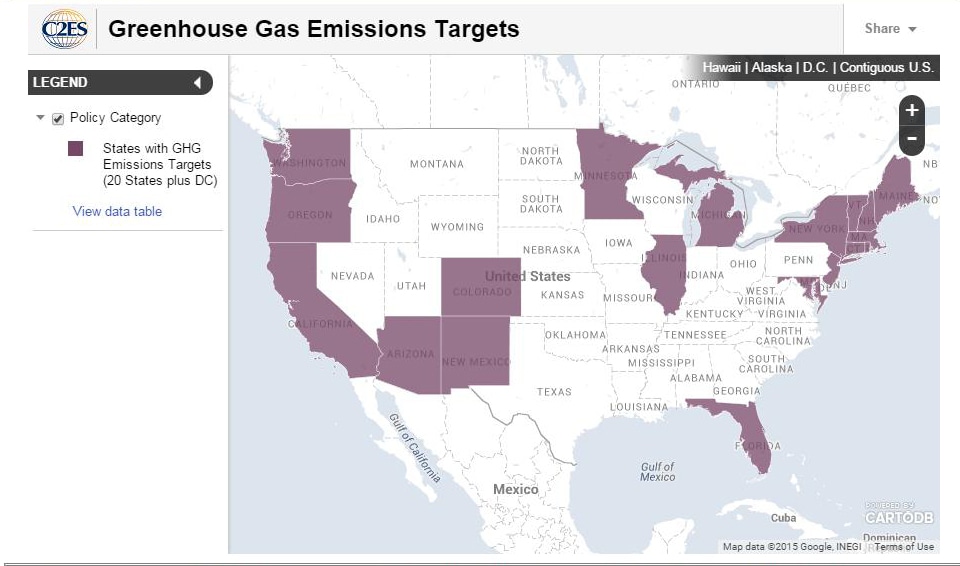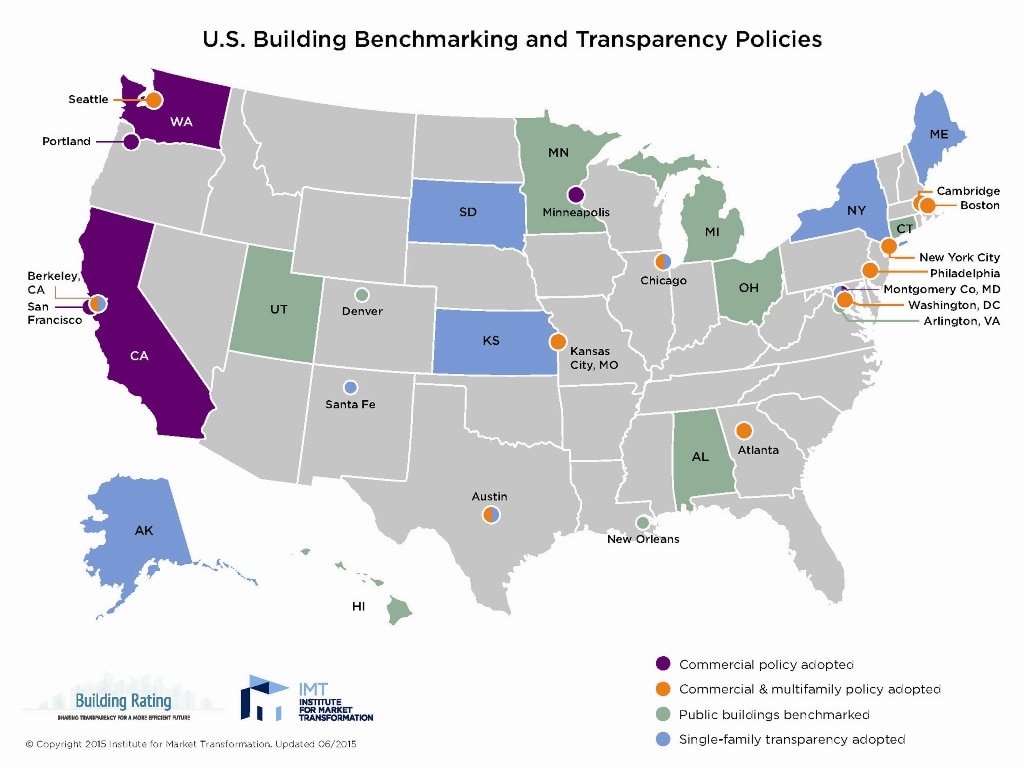- October 15, 2015
- 0 Comments
- In High-Performance Construction
- By Heather Breslin
This October, Governor Cuomo announced with former Vice President Gore that New York will join the Under 2 MOU effort to join states and cities around the world in pledging to reduce GHG emissions 80% by 2050. The Under 2 MOU is a global joint effort to encourage action at the Conference of the Parties meeting at the 21st UN Conference on Climate Change in Paris later this year.
This is not the first commitment that impacts performance targets for buildings in New York. Both the city and state have committed to deep reductions in emissions that have regulatory and programmatic impacts on buildings.
What Targets are in Place?
The Under 2 MOU program is already in line with New York’s same self imposed target in place: 80 by 50 via Executive Order No. 24 which was signed in 2009. New York is one of 20 states, plus DC, with a target in place.
New York City has a comparable target. In September 2014 the One City Built to Last plan also targeted an 80% reduction by 2050. But to reach this target, the city needs to reduce 30% of GHG from the building stock by 2025.
How Does New York Reach These Goals?
(more…)


